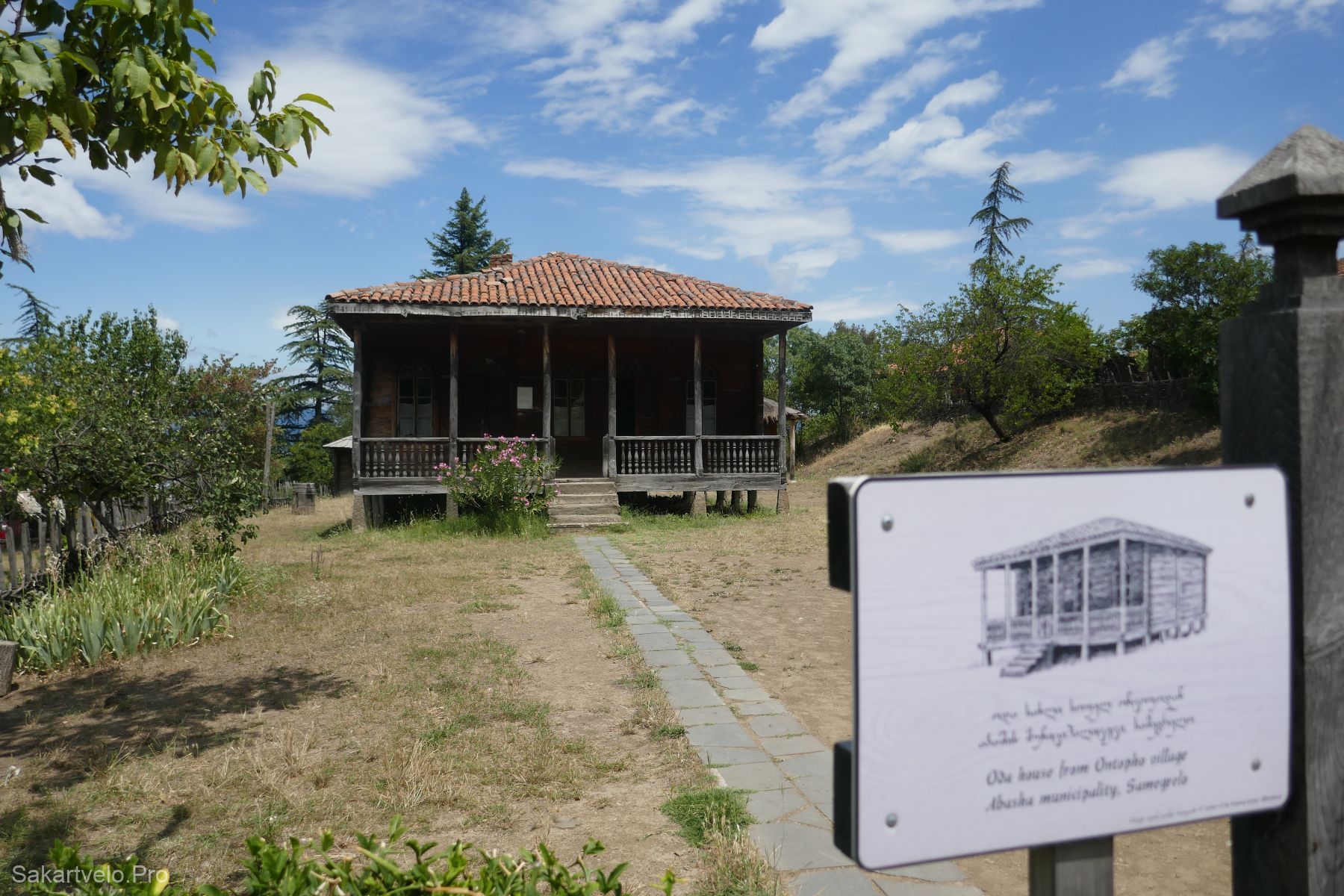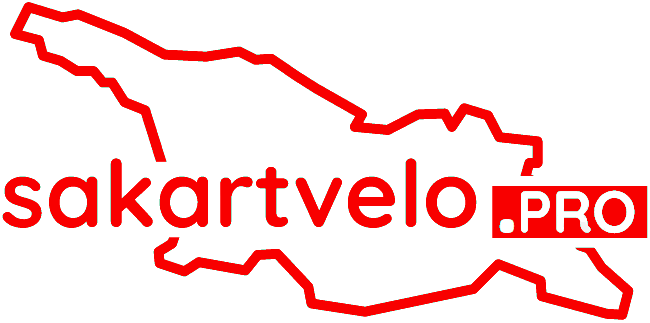
In Tbilisi, to the west of Turtle Lake, on the slope of a picturesque mountain there is the Ethnographic Museum of Georgia.
The museum was founded on April 27, 1966 on the initiative of the famous Georgian academician-ethnographer George Chitai.
Under the open sky, on an area of 45 hectares, three areas of Georgia are presented: the valley of Eastern Georgia, the lowlands of Western Georgia and the mountainous regions, from where entire houses and household items were brought – more than 8,000 exhibits: furniture, dishes, jewelry, clothing, weapons and much more.
Beautiful, reliable houses were created by their owners with great attention, thoroughness and love. This is felt in every room and in every element of home decoration. The chair of the head of the house, decorated with skillful carvings, is immediately recognizable. The jugs and dishes are neatly arranged, the rugs and bedspreads are still warm and bright, with such high quality they were once made and embroidered.
The elaborate cabinets and dedaboji pillars are covered with hunting scenes, patterns and colors. The clothes and wedding dresses are breathtakingly beautiful.
Teapots and cauldrons hang on long chains above the fireplaces. In richer houses, fireplaces sit quietly. Facades, railings, steps, and balconies are decorated with skillful wooden lace. Many houses are built on stilts and have comfortable steps leading up to wide wooden verandas.
There are more ascetic houses, where everyone lived together in one large room. The Skhetian house from the village of Chachkari is very interesting. It is very durable and slightly resembles a dugout – for protection from bitter frosts and enemies. Some of these houses had secret passages in case of attack.
On the territory of the museum it is not easy to find the archaeological sector with the 5th century Basilica of Zion. Opposite it is an ancient dolmen dating from 2400 to 1600 BC.
In each house there is a museum worker on duty who will willingly tell you about the history of the house and the purpose of some objects, which is not easy to guess. And then the visitor admires the ingenuity and subtle approach in making amazing and practical objects. If you wish, you can additionally take a guide, and he will tell you in more detail about the museum exhibits.
Some houses may be closed because there are not enough museum workers and they take turns working in different houses.
Also, houses may be closed for reconstruction, and then they can only be inspected from the outside, as well as the adjacent courtyards with outbuildings – barns, corn sheds, chicken coops, stalls. Residential buildings alternate with forges, wineries, and a bathhouse.
Walking around the yard around the house is also interesting, especially pleasant on a warm, cloudless day. Yards are decorated with trees and flowers, birds sing in the leaves. You can see a cat basking in the sun’s rays, so it’s a good idea to grab him a treat in advance.
You go and constantly find something new, very solid and at the same time beautiful: items for processing vegetable gardens and vineyards, jugs and barrels, and of course, large clay qvevri dug into the ground, used for making and storing wine.
The museum founder’s office was set up in one of the houses. It is filled with his things, books and many interesting things. And silence.
Getting to know the past can take three hours, or maybe half a day, or maybe more, depending on your interest.
In the lower part of the museum territory there is a platform – although modern, it is also cozy. Here you can relax not only on benches, but also in numerous hammocks. Festivals are often held here, artists paint, here you can sit on the grass and be surrounded by soft nature all day long.
You can get to the museum by taxi or by cable car. From the upper station you still need to walk, but from there the road to the entrance goes downhill.
You can take the same cable car up to Turtle Lake, or combine both walks, which can be tiring.
The lower station of the cable car is located in the Vake district near the eponymous Vake Park.
Museum opening hours:
from 10:00 to 18:00 in summer
from 10:00 to 17:00 in winter
Phone: +995 322 72 90 45
Address: st. Merab Berdzenishvili, 25
GPS: 41.704361, 44.744969
Adult ticket: 5 GEL

